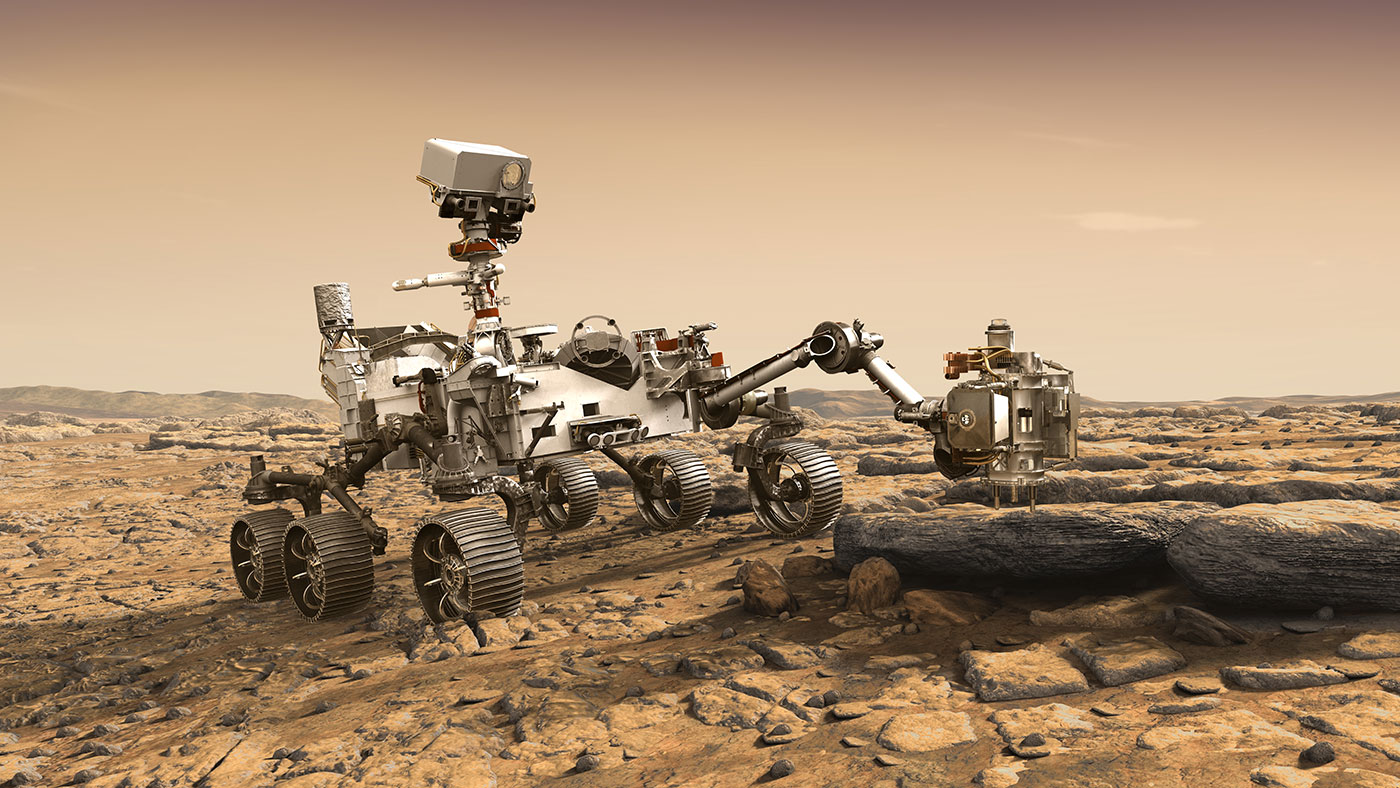As the decade comes to a close and a new era in science approaches, we can look back at a decade of incredible discovery and innovation. Throughout the 2010s more scientists have begun collaborating on a more global scale. Major breakthroughs have gone from groups of three to groups of 3,000. Scientists have made remarkable progress in understanding the human body, the earth, and the cosmos. Over the last decade scientists have managed to pull off massive feats. Below are five scientific breakthroughs before we blast into 2020!
- The first Image of a Black Hole:

You probably recall this image blowing up your feed and the endless memes. A team of international astronomers captured an image of a black holes silhouette. So what are black holes? Black holes are mysterious places in space where nothing, not even light, can escape. Many people thought this feat to be impossible because capturing an image where no light can escape would only produce darkness. However, for scientists the biggest scientific battle they had to overcome was how from thousands or even millions of light-years away, they would be able to capture an image of the hot, glowing gas falling into a black hole. This ambitious group of astronomers and computer scientists worked for well over a decade to attain this image. The team improved upon an existing radio astronomy technique for high-resolution imaging and used it to detect the silhouette of a black hole that were outlined by the glowing gas that surrounds its event horizon, the precipice beyond which light cannot escape. Learning about mysterious structures in the universe provides insight into physics and allows us to test observation methods and theories, such as Einstein’s theory of general relativity.
2. Curiosity Rover:
As of now we do not know whether there is life on mars but thanks to our adorable real life wall-E, curiosity rover, we know that it was habitable. Curiosity landed on Mars in August 2012. Curiosity discovered rounded pebbles, suggesting new evidence that rivers, lakes, and possibly even oceans ran through Mars billions of years ago. In 2014 curiosity rover discovered complex organic molecules, the building blocks of life. scientists in the next decade will shift their questions of mars from “was Mars habitable?” to “does mars support life?”.
3. Higgs Boson: The God Particle
This “God Particle” will help us to understand how matter gets its mass. In the 1970s, physicists Peter Higgs and François Englert proposed a solution to how matter gets its mass in the form of a novel energy field that permeates the universe; the Higgs field. This theorized field also came with its associated fundamental particle, the Higgs boson. In July 2012, a decades-long search ended when two teams at CERN’s Large Hadron Collider announced the detection of the Higgs boson. The discovery filled in the last missing piece of the Standard Model, the theory that describes three of the four necessary foundational forces in physics and all known elementary particles.
4. CRISPR- era
The identification of the CRISPR-Cas9 system has helped make huge advances this decade in our ability to precisely edit DNA. It allows bacteria to store pieces of viral DNA, recognize any matching DNA, and then cut the viruses DNA into ribbons. In 2012, researchers proposed that Crispr-Cas9 could be used as a powerful genetic editing tool, since it has the ability to precisely cut DNA in ways that scientists can easily manipulate; and could be used on human DNA. Though the CRISPR-Cas9 has the potential for great benefits, it has also created a staggering ethical debate. In 2019 Chinese researcher He Jiankui created two girls in a lab whose genomes had been edited with Crispr. This announcement marked the first humans born with heritable edits to their DNA. The announcement sparked calls for a global embargo on heritable “germline” edits in humans.
5. Detecting the First Gravitational Waves
Albert Einstein proposed that when objects with enough mass accelerate, they can sometimes create waves that move through the fabric of space and time like ripples on a pond’s surface. This idea is known as the theory of relativity. These ripples are known as gravitational waves and are a key prediction of relativity. Nobody has directly detected them until 2015. the U.S.-based observatory LIGO, felt the aftershock of a distant collision between two black holes. In 2017, LIGO and the European observatory Virgo felt another set of tremors, this time made when neutron stars collided. Telescopes around the world saw the related explosion, making the event the first ever observed in both light and gravitational waves. The landmark data have given scientists an unparalleled look at how gravity works and how elements such as gold and silver form.






Be First to Comment